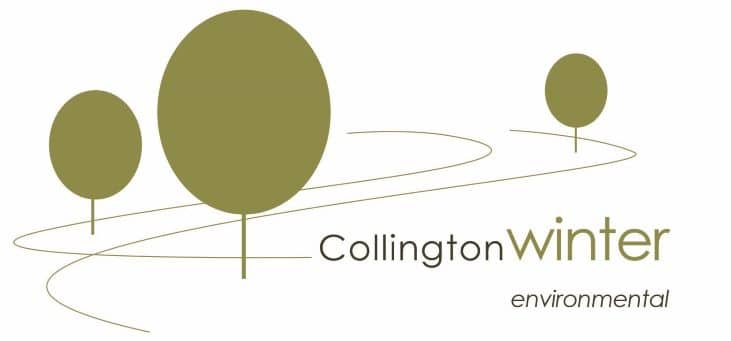Bird Surveys for Development
Why are Bird Surveys Required?
All nesting and breeding birds in the UK are protected under the Wildlife and Countryside Act (as amended) 1981. Intentionally injuring, killing, or taking a wild bird is prohibited under this Act. It is also an offence to destroy or damage a breeding bird’s nest whilst it is in use.
Section 41 of the Natural Environment and Rural Communities (NERC) Act 2006 also provides protection for birds by placing a duty on public authorities to conserve biodiversity.
As birds are a protected species, bird surveys should be carried out for planning applications, or licence applications if it is possible that a bird species could be present on the development site. If a protected species birds are found to be present on the site, and the development on the site could have any impact on the bird population, mitigation measures should be put in place.

Types of Surveys
Breeding Bird Surveys (BBS) and wintering bird surveys are the most common type of bird survey. Other types of surveys include common bird census, wetland bird surveys, vantage point count methods for collision risk analysis and rare bird surveys.
When to Survey for Birds
Bird surveys can be carried out at different times of the year, depending on the species of bird. Surveys for breeding birds should be carried out in spring, with one survey carried out per month between April and June. Wintering bird surveys must be carried out between October and March.
Bird Survey Methodology
Guidance on breeding bird survey methodology is outlined by the British Trust for Ornithology. It provides guidance on survey design, field methodology, and analytical methods. A breeding bird survey can be carried out by walking a transect of the site and recording bird activity. For larger sites or where high quality habitat is present, several survey visits per month may be required.
A similar method can be carried out for surveying winter birds; however, this method should be carried out a minimum of four times during the winter months. Surveys should be conducted at a slow, systematic pace and should take two to four hours to complete. They should be carried out in the period between one hour post sunrise and one hour pre-sunset.
How Can Collington Winter Environmental Assist?
Collington Winter Environmental are an experienced team of Ecologists providing a wide range of bird and barn owl surveys to developers on all types of projects. Our Ecology Director, Olivia Collington, has worked with protected species across the UK, undertaking field surveys and writing scientific, readable reports for submission at planning.
We adopt a pragmatic approach to all sites, working with clients to find solutions and develop relationships. With current offices located in Greater Manchester and Dumfries, the team are well served to work nationwide. Over the years, we have built strong relationships with key stakeholders across the UK.
Please get in touch with our Ecology Director Olivia Collington (Olivia.collington@collingtonwinter.co.uk) for more information on protected species surveys (such as in relation to Bats, Great Crested Newts, or Badgers) and mitigation. We also provide ecological appraisal and assessment services, and Director Jane Winter also provides landscape architectural services.
Contact Us
Registered Address
23 Bark Street East, 1st Floor, Bolton, BL1 2BQ
Cambridge Office
Future Business Centre, Cambridge Campus, Kings Hedges Road, Cambridge, CB4 2HY
Telephone
Head Office: 01204 939 608
Dumfries Office: 01387 378208

